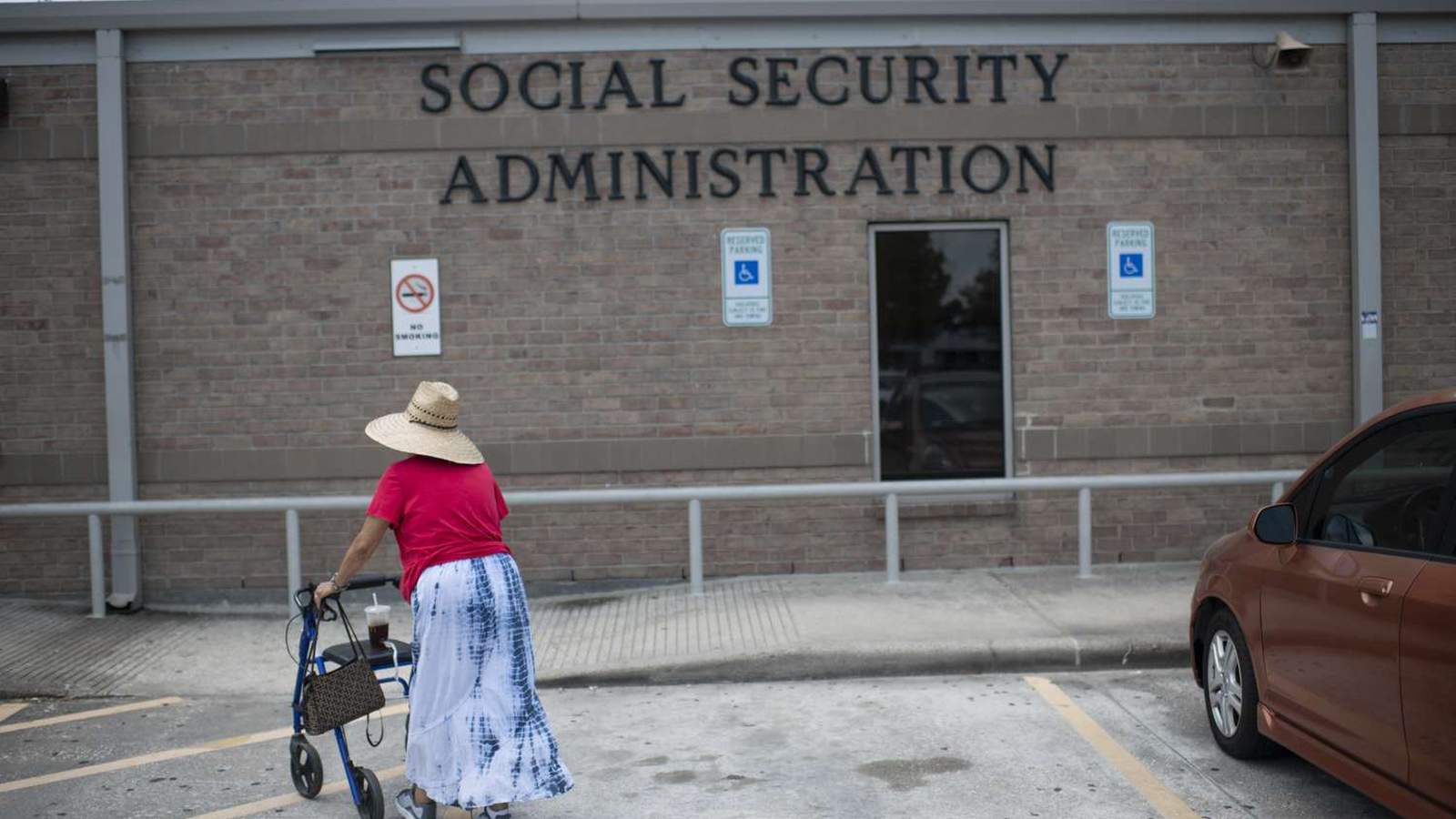Quick Read
SSA began overpayment recovery in April 2025, withholding 50% of benefits from some recipients starting in late July.September SSI payments were distributed on August 29 due to Labor Day.Social Security payments are scheduled based on birth date and benefit type.Affected individuals can appeal or negotiate repayment terms with the SSA.Payment reductions will continue for some until overpayments are resolved.Social Security Payments: A Lifeline for Over 71 Million Americans
For more than 71 million Americans, Social Security payments are not just numbers on a bank statement—they are a crucial lifeline. These monthly benefits, administered by the Social Security Administration (SSA), reach retirees, people living with disabilities, and families who have lost a breadwinner. The reliability of these payments is woven into the fabric of daily life across the United States. Yet, September 2025 brought an unexpected twist for many: a noticeable dip in the amount received. The question rippled through households—why are checks smaller this month?
Unraveling the September 2025 Payment Reduction
The answer lies in a bureaucratic shuffle that began earlier in the year. In April 2025, the SSA initiated a widespread review of its payment records, uncovering instances where recipients had been inadvertently overpaid. These overpayments, whether due to administrative error or outdated eligibility information, led the agency to issue formal notices to affected individuals starting April 25. According to USA Today, recipients were given about 90 days to respond or arrange repayment before the SSA began withholding a portion of their benefits.
By late July, the policy shifted from warnings to action. The SSA started withholding up to 50% of monthly benefits from those flagged for overpayments—a process sometimes called a “clawback.” Importantly, this applies even if recipients were unaware of the error. The law requires the SSA to recover funds, as reported by Money.com. For many, this meant opening their September check to discover it was half the expected amount.
How Payment Schedules Shape What Arrives in Your Account
Payment timing is another factor that shapes the Social Security experience. The SSA doesn’t send out all checks at once; instead, it follows a schedule based on recipients’ birth dates and benefit types. For example, people who receive Supplemental Security Income (SSI)—a separate federal program for disabled individuals and low-income seniors—typically receive their payments at the start of the month. But holiday schedules can disrupt this routine. In September 2025, Labor Day fell on the first of the month, so SSI beneficiaries got their checks on August 29 instead.
For retirees, spousal, survivor, and disability beneficiaries, the payment dates are staggered:
Those receiving benefits before May 1997 are paid on the third of the month.Others receive payments according to their birth date:Birthdays between the 1st and 10th: Second Wednesday of the month.Birthdays between the 11th and 20th: Third Wednesday of the month.Birthdays between the 21st and 31st: Fourth Wednesday of the month.
This schedule can create confusion, especially when holidays push payment dates earlier or later. For example, October’s SSI payment will land on October 1, while November’s will arrive on October 31. The intricate timing is designed to keep the system running smoothly—but it can catch recipients off guard.
The Human Impact: Navigating Reduced Income
For many, Social Security is the anchor that keeps household budgets afloat. A sudden reduction—especially one as steep as 50%—can be destabilizing. Recipients are often retirees on fixed incomes or individuals with disabilities who rely on every dollar for essentials like rent, food, and medication. The SSA does offer avenues to appeal or negotiate repayment terms, but the process can be complex and time-consuming.
Financial counselors urge affected individuals to contact the SSA promptly if they receive an overpayment notice. Some may qualify for a waiver if repaying the overpaid amount would cause financial hardship. However, until such requests are processed, the withheld payments remain a harsh reality for those affected.
Looking Ahead: What to Expect in the Coming Months
If you’re among those impacted by the September reductions, it’s important to keep an eye on future payment schedules. Here’s what’s ahead, according to Investopedia:
October 1: SSI paymentsOctober 3: Retirement benefits for those collecting before May 1997October 8, 15, and 22: Payments based on birth dateOctober 31: SSI payments for NovemberSimilar staggered dates apply for November and December
The SSA has indicated that the overpayment recovery process will continue, meaning some recipients may face ongoing reductions until their balance is settled. It’s also worth noting that the agency periodically adjusts benefits to reflect cost-of-living increases—known as COLA—but those changes won’t offset reductions tied to overpayment recovery.
Staying Informed: Your Rights and Resources
The Social Security system is complex, and rules can change. Recipients should regularly check their SSA account online, monitor for official notices, and seek professional guidance if they encounter payment discrepancies. Advocacy groups and financial advisors can offer support and help navigate appeals or repayment negotiations. Ultimately, staying proactive is the best defense against unexpected changes.
For many Americans, the September 2025 Social Security payment wasn’t just a number—it was a reminder of how intertwined government policy is with personal well-being. As the SSA continues to balance administrative efficiency with individual needs, recipients must stay vigilant, informed, and prepared for further shifts.
While the September payment reductions may feel abrupt, they underscore the importance of transparency and responsiveness within public benefit systems. The SSA’s recovery measures highlight the delicate balance between correcting administrative errors and safeguarding the financial stability of millions. In the coming months, how effectively the agency communicates and supports those affected will be a key test of its commitment to America’s most vulnerable.

